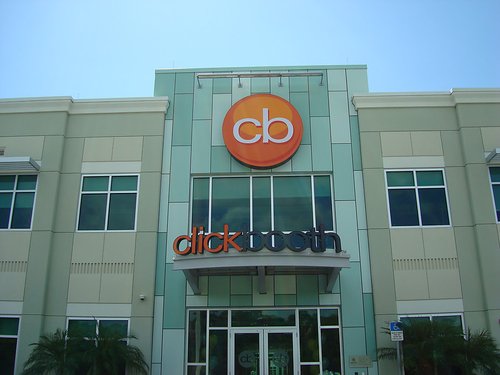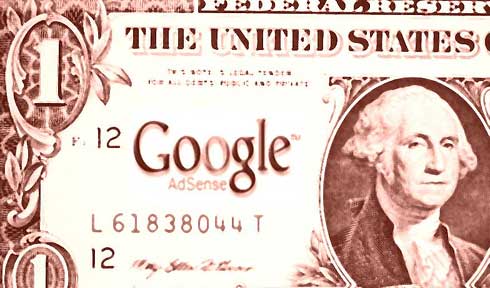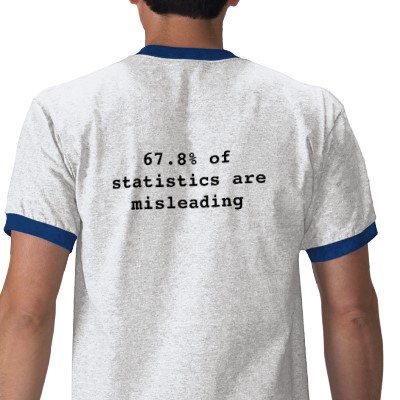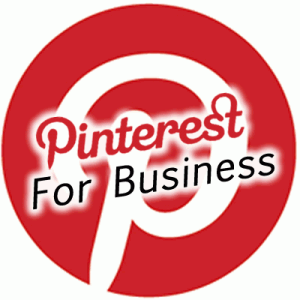As is common knowledge with digital marketers, Google does everything it can to keep its spot at the top, in the minds of its marketing clients. They are constantly making improvements to their advertising offerings, which have always brought in great results anyway. These improvements that they make to their advertising platforms are always welcomed, just as is the one that Google has announced recently. On Wednesday of last week, the company made an announcement in their AdSense Blog that there will now be larger advertisement sizes available in AdSense, making them “brand-friendly” according to Google.
The reason behind this offering of larger ad sizes is simply that screen sizes are growing as well, and when that happens, advertisements must be adapted. With this new announcement come advertisements that are 300×600, and they are commonly known as half page units. Apparently, this size has been one of the most requested and fastest growing sizes, according to publishers with Google.
The 300×600 unit, sometimes referred to as a half page unit, provides a larger space for advertisers to get their message across and can offer users rich engagement. As mentioned in our recently released Display Business Trends, the 300×600 is one of the fastest growing sizes by impressions and is indicative of a trend where publishers are offering more visually impactful ad sizes that are preferred by brand advertisers.
With this new ad size, publishers and marketers will have a whole new set of opportunities to work with, because with bigger size come more possibilities. As of right now, Google states, marketers will see a large amount of text heavy advertisements in this size, as it is a brand new size to AdSense. However, this is only because it is new, and in the future, we will begin to see much more display ad inventory included in the larger size.
Google offers a bit of advice to those marketers and publishers interested in this new ad size, saying in their announcement:
As with all ad sizes, it’s important to carefully consider the placement of ad units to ensure both users and advertisers have a great experience with your site.
Although Google asks for feedback on the new ad size in their announcement, there is currently no evident response to this request. Therefore, it is hard to say whether or not people are seeing success with the new size quite yet. However, it is quite easy to see that this will in fact be an improvement to the current AdSense offerings, as publishers have been requesting it frantically. Google continues to release new helpful tools for marketers, and will continue to improve upon its ad platforms, even when they are already doing just fine. Google is apparently in the business of fixing what is not broken, and it is working for them.


















